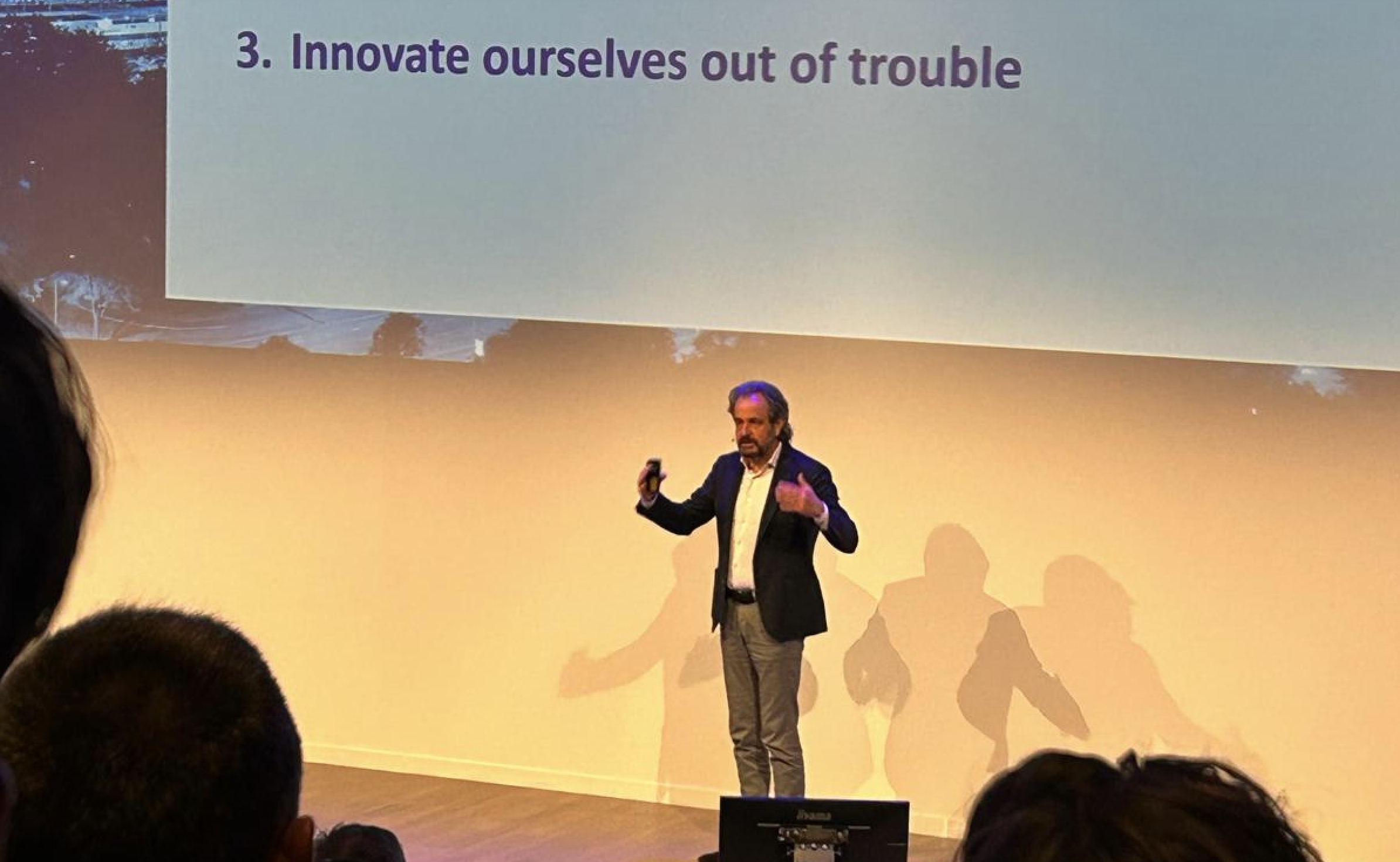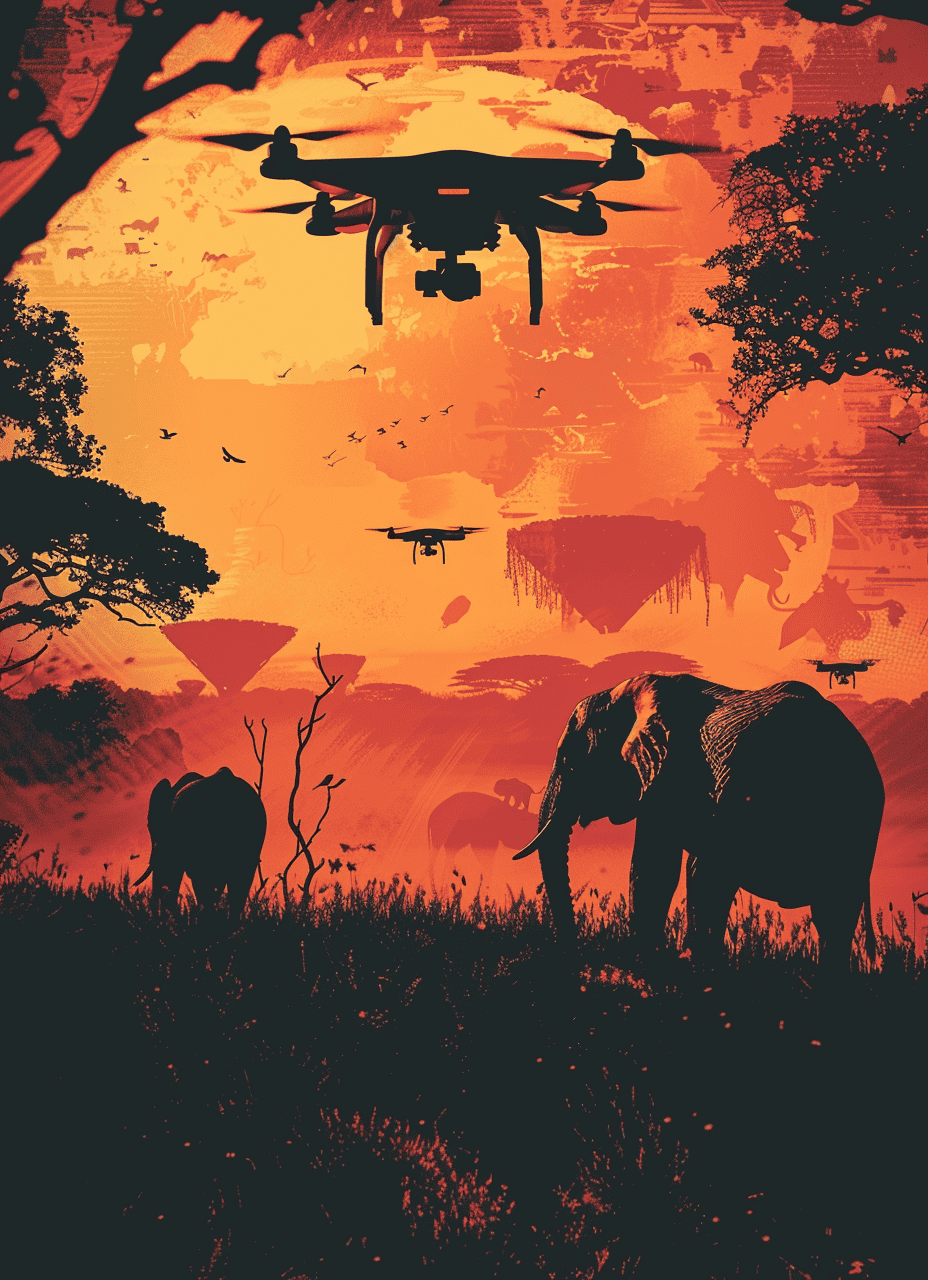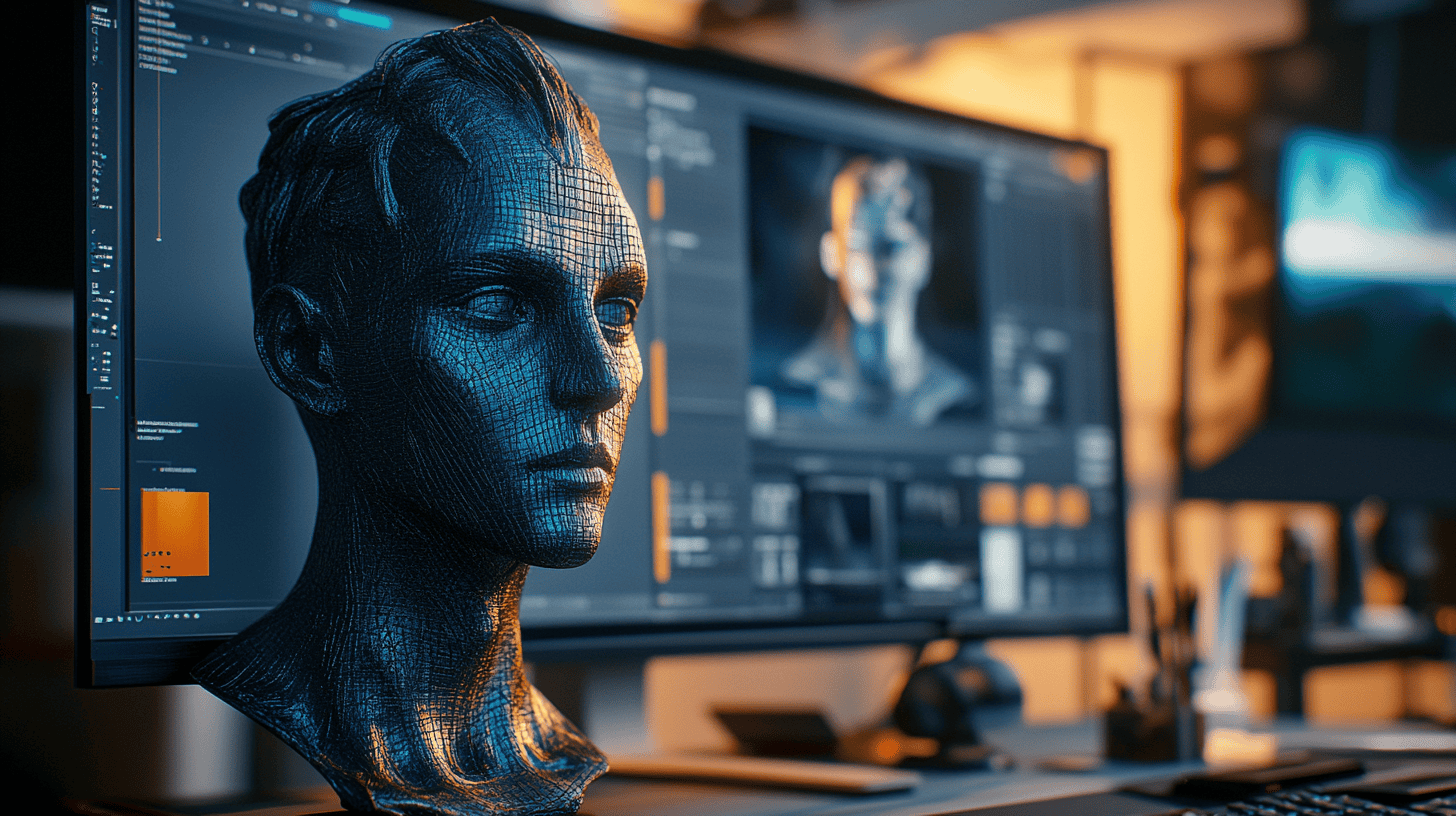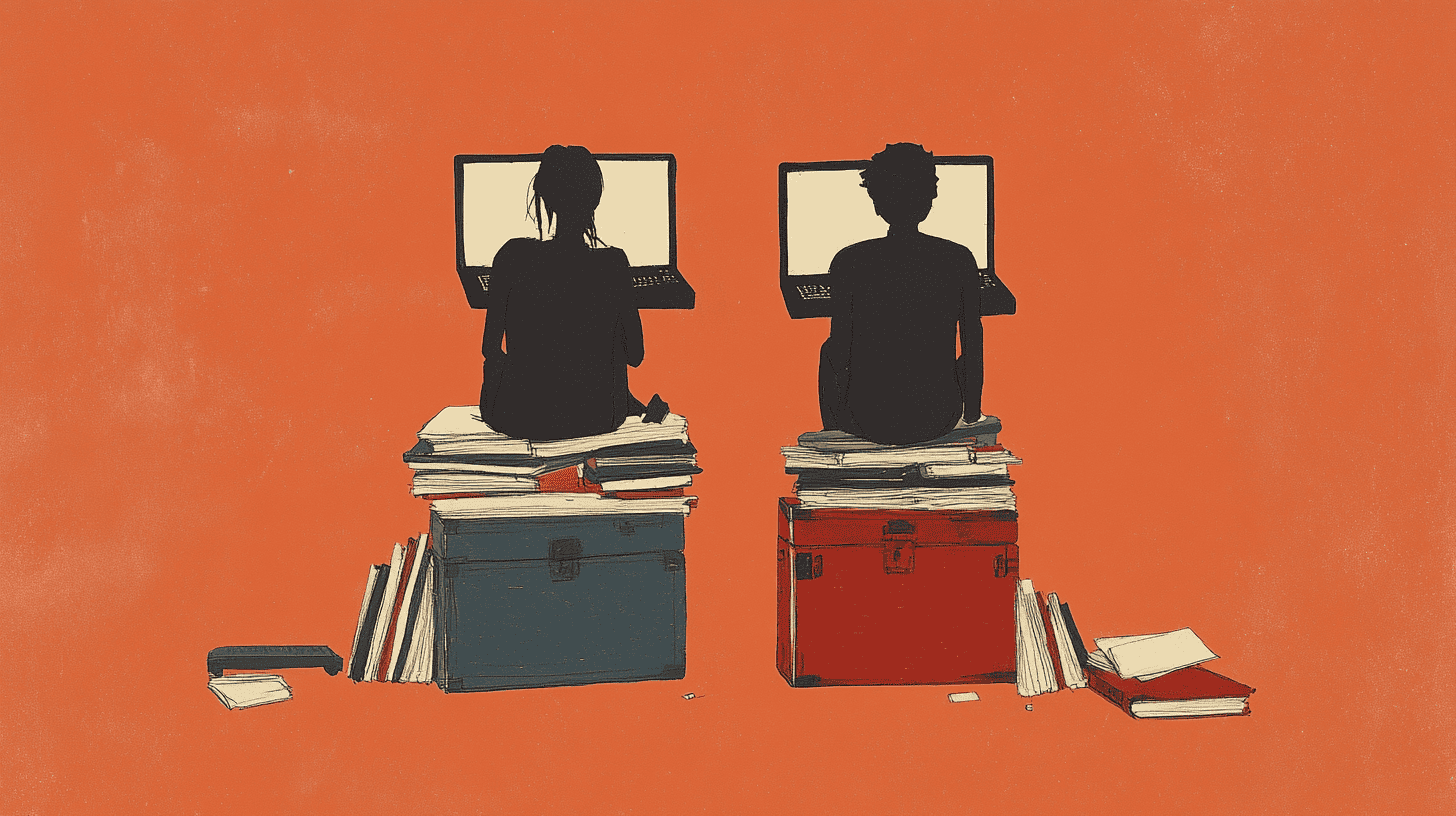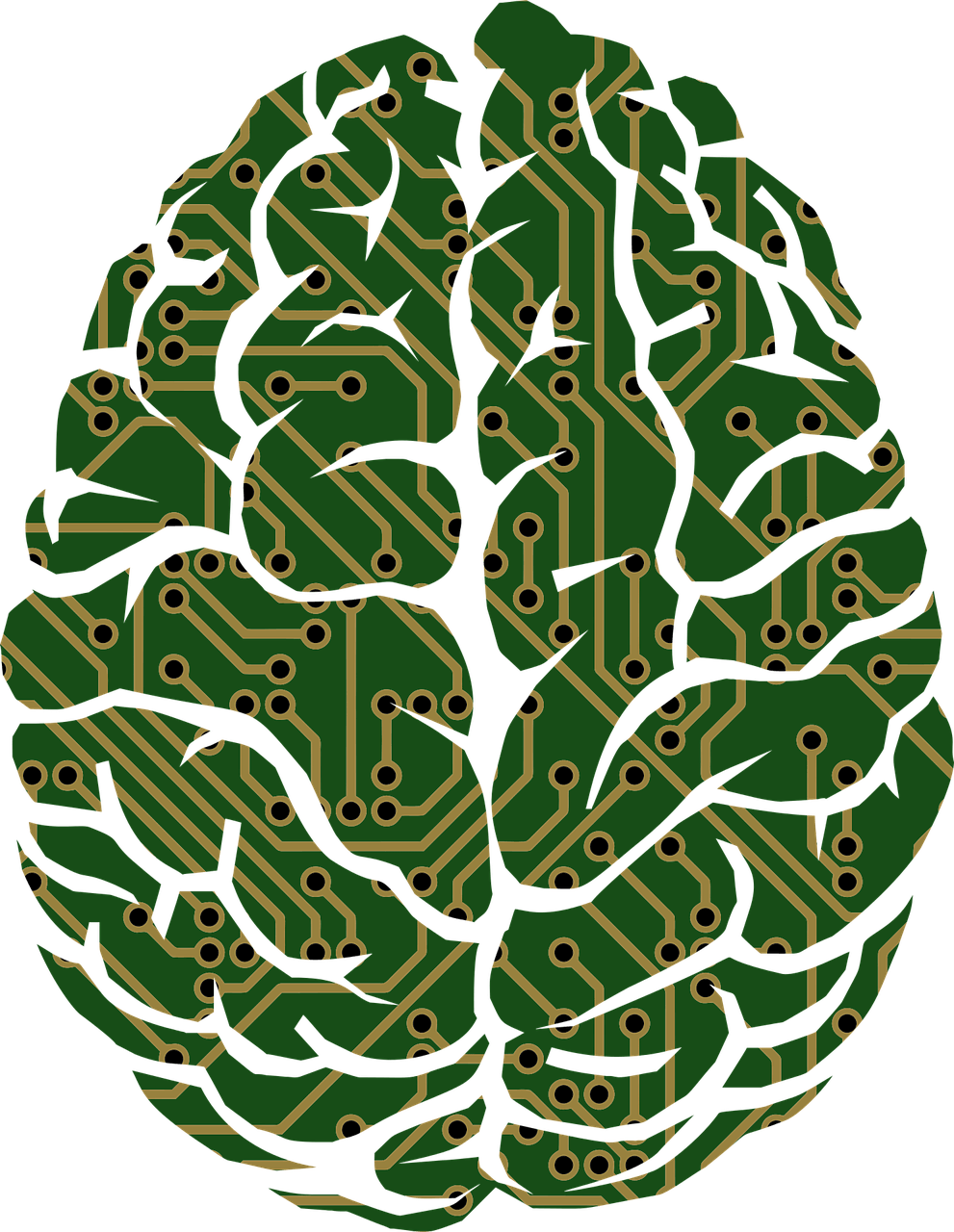
Our copyright law is aimed at protecting works created by the human mind. But with the rise of artificial intelligence, products and ideas are increasingly the result (in part) of stand-alone algorithms. Lawyer Martin Hemmer wonders whether our legal system is fully prepared for this development.
What amount of human input is deemed necessary in order to be able to claim copyright? And who is the owner of a product that comes from an AI system? Hemmer, who works for the AKD law and notary firm, raises these questions in his lecture at the ‘Digital Dilemmas’ network event held by the IT company Atos in Eindhoven. As a lawyer specializing in intellectual property and IT, he sees signs that this will become a major issue in the coming years.
Rembrandt
Can the rules for human beings also apply to machines? As an example, Hemmer mentions the project ‘The Next Rembrandt,’ whereby artificial intelligence made a similar painting by itself on the basis of existing Rembrandt paintings. “Who is the rightful owner here? Is it the person who came up with the self-learning system? Or the person who threw in the data – or the commissioning party? Is there a copyright holder at all, and do we really think it is necessary for there to be protections in place for this? We don’t have an answer to these dilemmas as yet.”

Human intervention
The subject was also on the agenda at the annual conference of the International Association for the Protection of Intellectual Property (AIPPI) in September. Hemmer was there on behalf of the Netherlands to seek international agreement on the course of action for this issue. It was decided unanimously that copyright protection is unwelcome for work that has solely been generated by AI. There are two important conditions for eventual protection, Hemmer explains. “There has to be some human intervention and the originality of the work must be an obvious result of that.”
If you design software that can produce works of its own, then according to the AIPPI, that is still insufficient grounds for claiming copyright, the lawyer explains. “But if, for example, the results are actually selected by a human being, and these results lead to an original end result, copyright protections can be put in place.”
Patents
Hemmer is also anticipating a heated debate within patent law. “AI has long been used by pharmacists to find new applications for medicines. To put it bluntly, these findings are now being spit out by a computer. Is it still a matter of innovativeness as is the case in traditional patent law?”
“The bottom line is that AI is playing an increasingly important role in the generation of works and inventions,” Hemmer concludes. “The discussion that will take place in the courtroom in the coming decades is whether there has been sufficient human input.”
What is artificial intelligence? What can you do with it and what are the opportunities and risks involved? Buster Franken and Vincent Müller answer the most important questions in this IO video:
Read more IO articles on AI in our digital category here.




